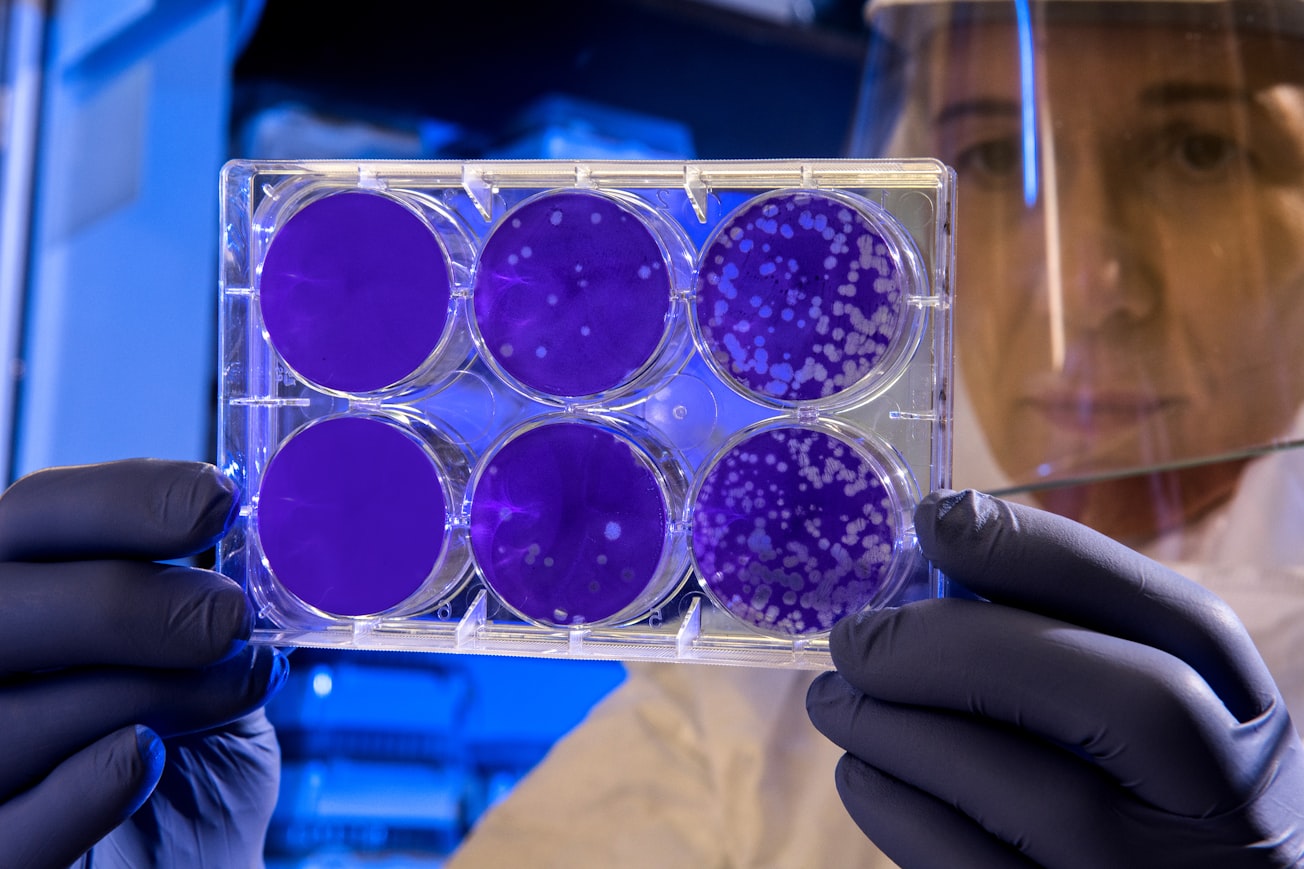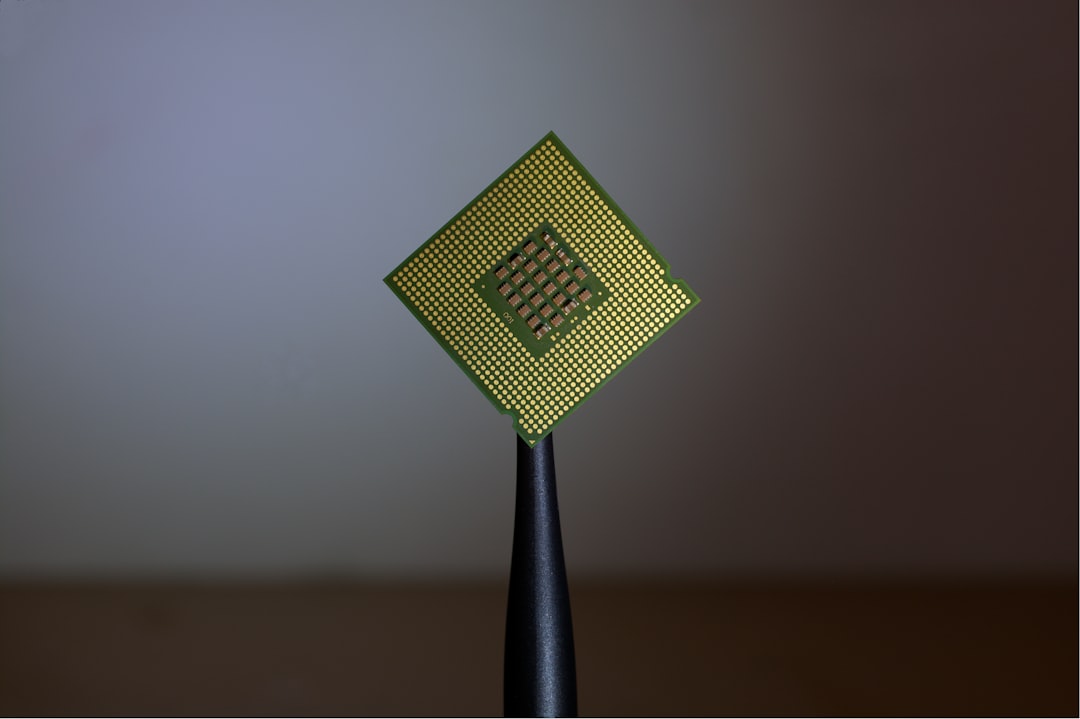What is it about?
This article for the first time showcase the methodology to assess the efficiency, durability and reproducibility in Solar Cells using a free software popularly known as SCAPS-1D. Apart from the efficiency, the durability was assessed in terms of the effect of Potential Induced Degradation while Reproducibility was assessed in terms of variability of carrier mobility.
Featured Image

Photo by CDC on Unsplash
Why is it important?
This article paves the way for experimentalists to utilize simulations to pre-assess the durability and reproducibility of Organic Solar Cells to increase the accuracy of simulations.
Perspectives
I was prompted to carry out this work because durability and reporoducibility are the two most important parameters from the perspective of achieving large scale commercialization of solar cells and this type of analysis have been only done experimentally which involves wastage of time, resources and effort. On contrary, simulations can provide clear picture on these parameters to increase the efficacy of fabrication of solar cells.
Kshitij Bhargava
Institute of Infrastructure Technology Research and Management
Read the Original
This page is a summary of: Enhanced efficiency, durability and reproducibility of non‐fullerene acceptor organic solar cell with
NiO
as hole transport material: A computational study, International Journal of Energy Research, June 2022, Wiley,
DOI: 10.1002/er.8186.
You can read the full text:
Resources
Contributors
The following have contributed to this page










